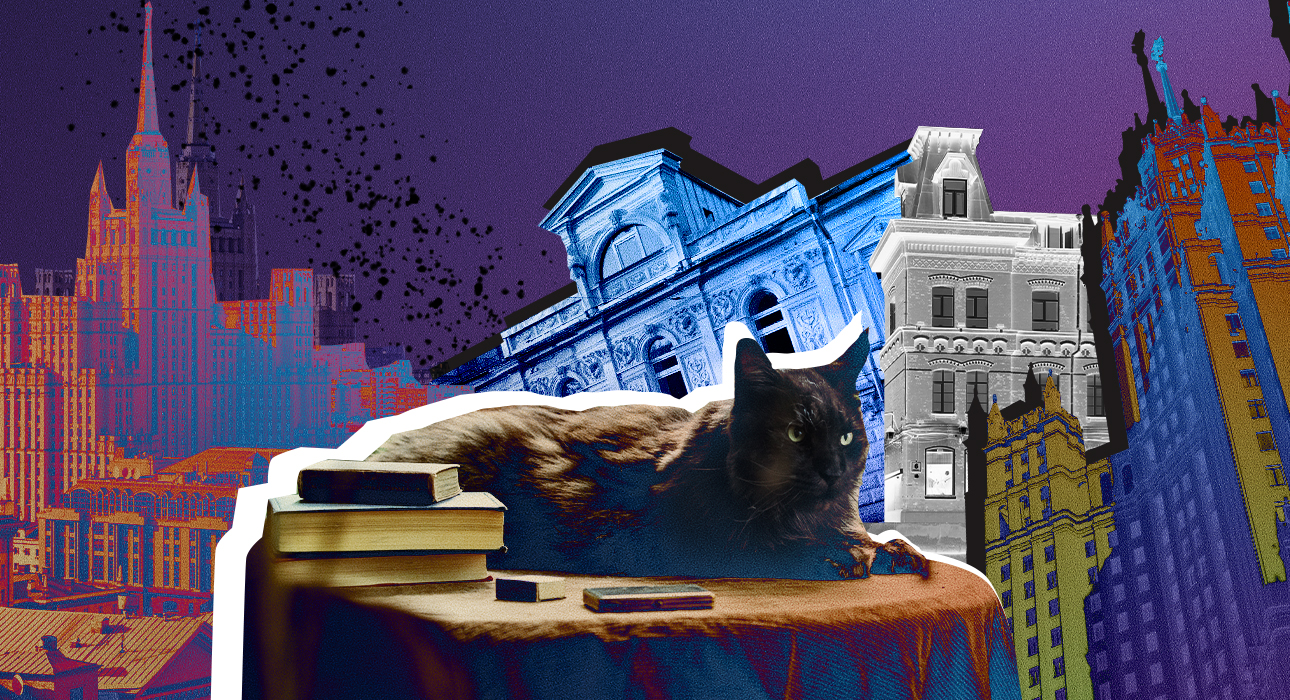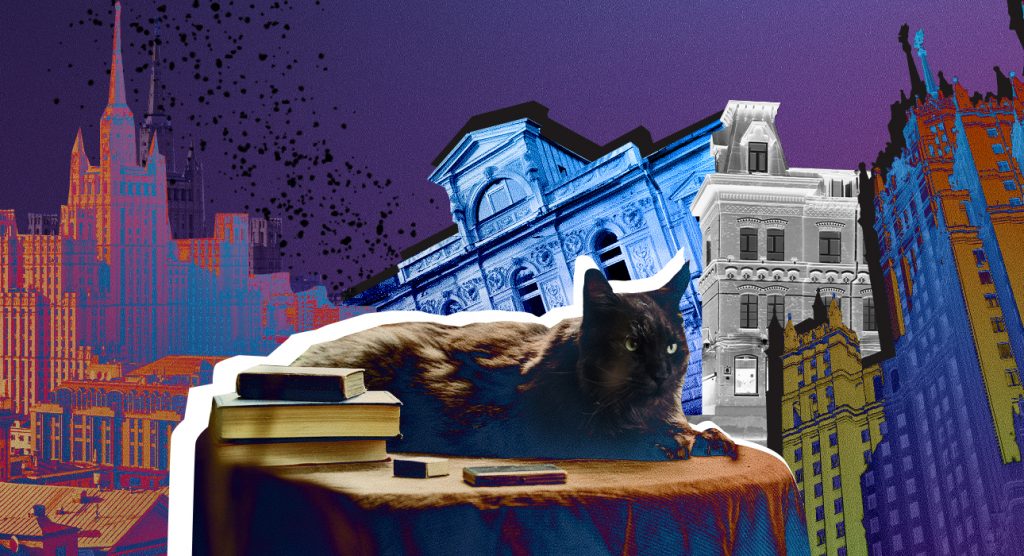
I remember a few years ago a friend told me a scary story about how a one-night stand with a stranger from the bar could end. It usually looks like this: a friend of a friend spent the night with a young man from a club, and a few days later went to the doctor with inflammation, swelling and ulcers on his lips. And the doctor, they say, indicated it was a reaction to cadaveric poison. Later, the authorities intervened and allegedly the same man found the bodies of two women on the balcony.
In fact, perhaps every regular of Moscow nightlife has heard this story, and it has been walking among the ever-changing crowd for more than a decade, so even finding its roots and checking for purity seems impossible.
However, there are enough urban legends in the capital to give goosebumps. Let’s talk about them!
both together
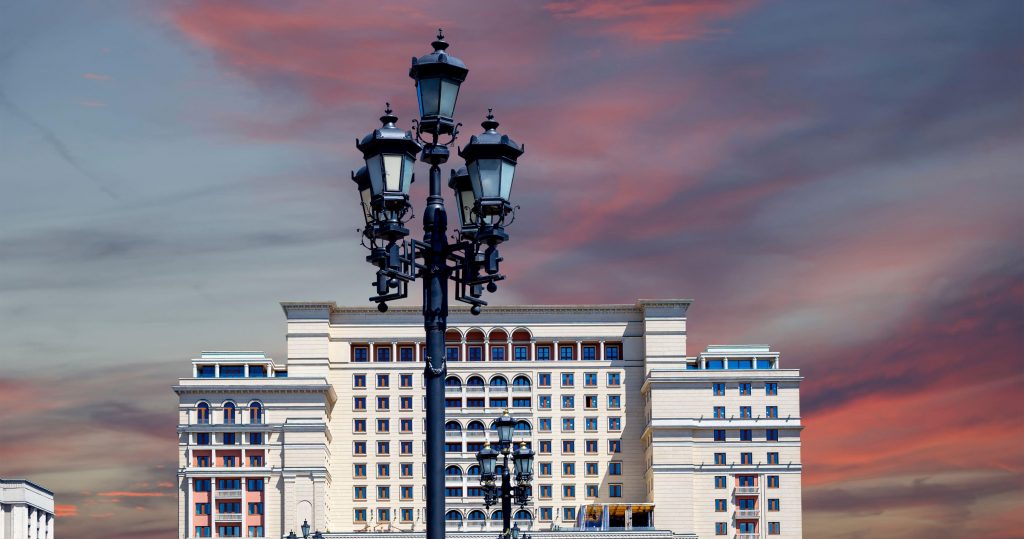
Have you ever noticed the lack of symmetry on the façade of the modern Four Seasons in the center of Moscow? Attention: The right and left parts of the building are different from each other. But the fact is that architect Aleksey Viktorovich Shchusev was responsible for the design of the hotel (at that time it was “Moscow”), among other works of which are the Lenin Mausoleum on Red Square, the Kazan railway station, the Komsomolskaya metro station. . Legend says that he brought Joseph Stalin two drawings of the facade to choose from, so that he would approve of what he liked, and finally the president of the USSR put the picture right in the middle – between two different options. But AV Shchusev did not dare to ask what Iosif Vissarionovich had in mind and built the building as shown in the drawings in both versions.

ghost Train
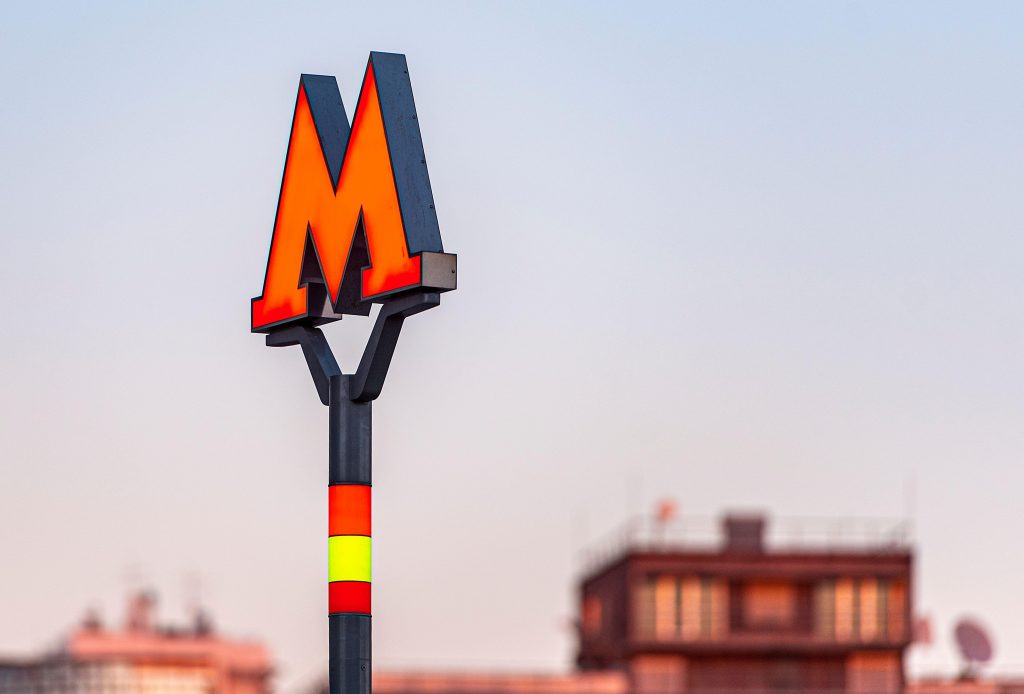
If your biggest fear about the subway is to go to the warehouse, then get ready, we have brought you a new phobia. For many years, there has been a legend about a ghost train stopping at every station along the Circle Line after midnight once a month. Sometimes even the doors of the wagons open, but if you look closely, there are no passengers, and in the driver’s cabin sits a man in uniform from almost a century ago. They say that this train is a means of transportation for all the restless souls of workers who died during the tunnel construction and were forever tied to the subway. And yes, of course you can’t get into it, otherwise you won’t be back.
“House on the Embankment” Ghosts
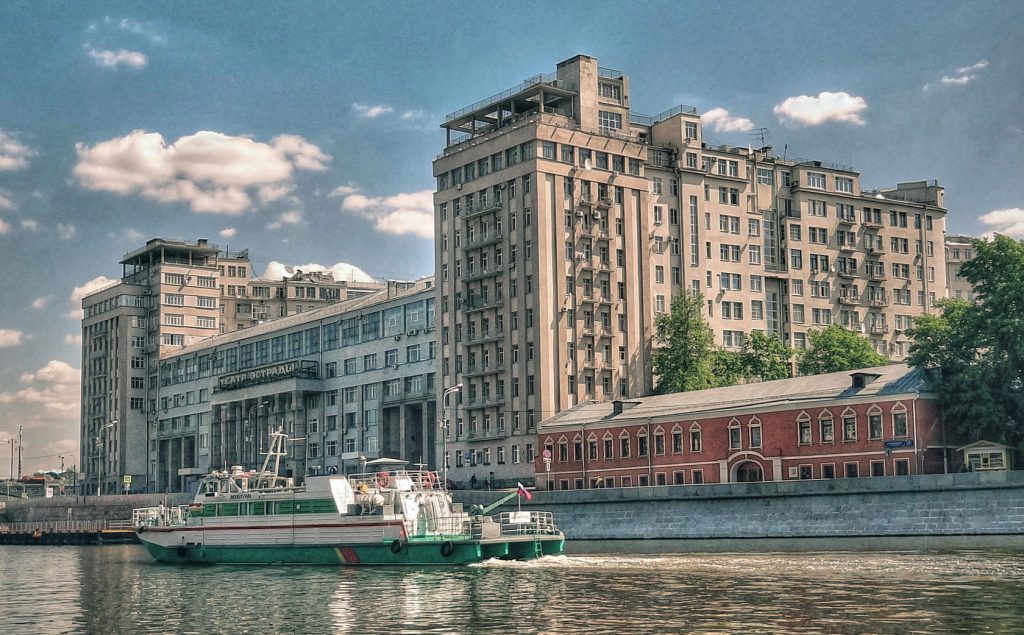
Many historical figures lived in the famous residential complex on the Bersenevskaya embankment: Nikita Khrushchev, Georgy Zhukov, Alexei Stakhanov and others. But if you go down to history, the background of this place is terrible: during the reign of Ivan the Terrible, for example, on the site “House on the Embankment” there was the house of Malyuta Skuratov with a tortured basement. In the days of Tsarist Russia, death sentences were executed by hanging here, and in the thirties of the XX century more than a third of the inhabitants were suppressed. Agree, is the atmosphere gloomy? It’s not surprising that it eventually became a myth: They say the ghosts of the suppressed and those who died here still roam the old stairs and corridors in search of their own apartments. For example, the late writer and screenwriter Eduard Khrutsky said he heard the pre-war tango “In the Park of Chair” in the apartment above, which was empty the day before – his neighbors went to Israel. Then he went upstairs, called, but the music stopped and the door was open – it was empty. Later, the author learned that in the thirties, a family of repressed people lived there, listening to the same tango even before his arrest.
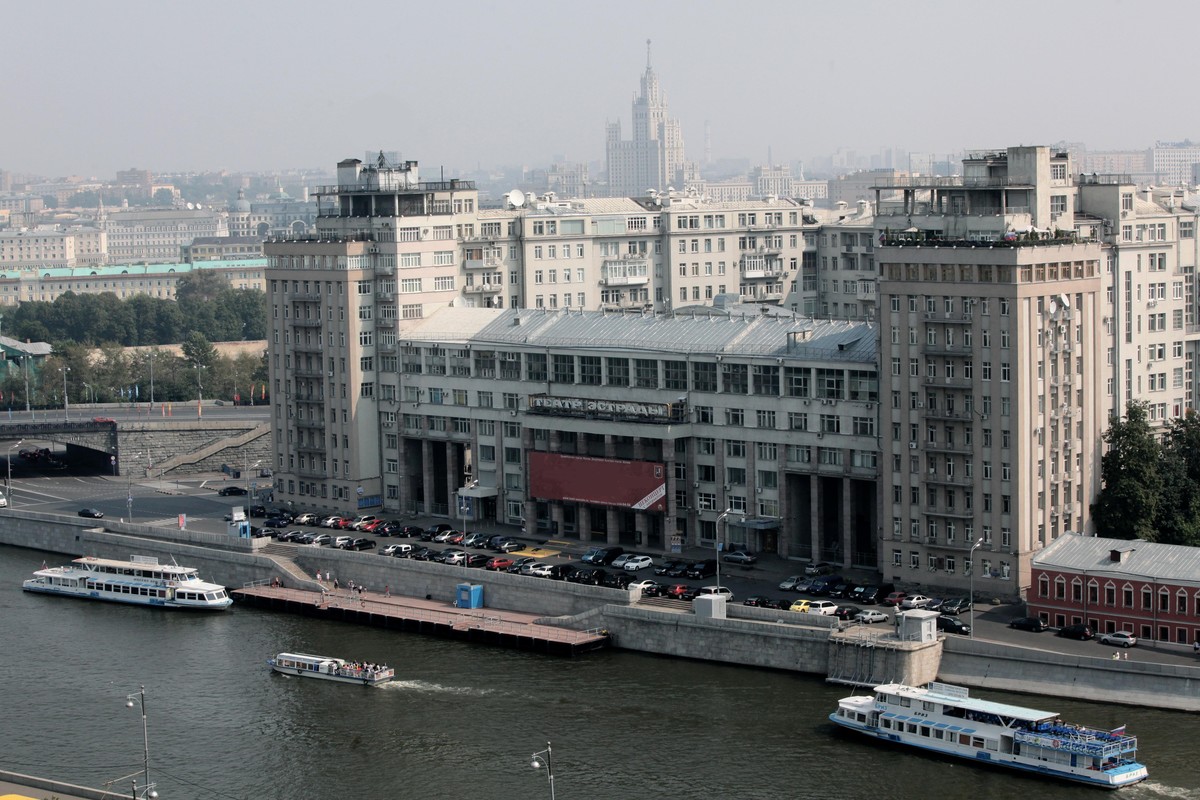
gray car on the Kuznetsky bridge
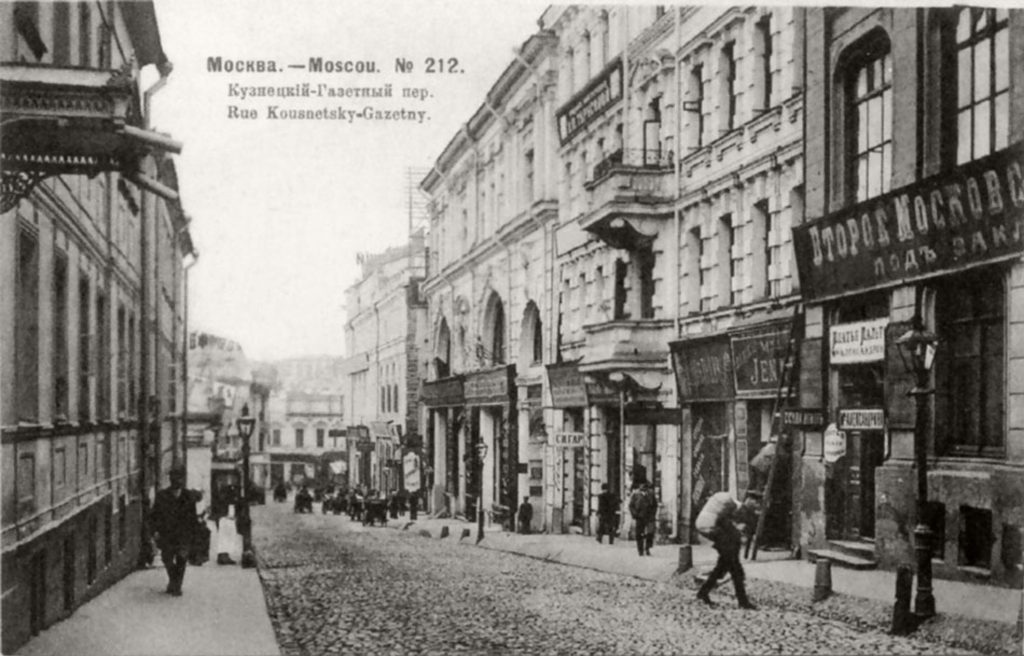
In the 19th century, Kuznetsky Most was called “Moscow’s brightest street” and “the abode of luxury” – expensive shops, banks, casinos were located here, and it was on this street that the first illuminated advertisement in the city appeared. Then there was a legend that said that when an unfortunate player left secular salons or casinos at night, a gray car approached him and the taxi driver offered to take him anywhere in Moscow for only ten kopecks. crew cost at least thirty. True, if a person agreed, then he disappeared forever. By the way, this legend is still alive, the crew was replaced only by a gray taxi.
Magical paintings of the Tretyakov Gallery
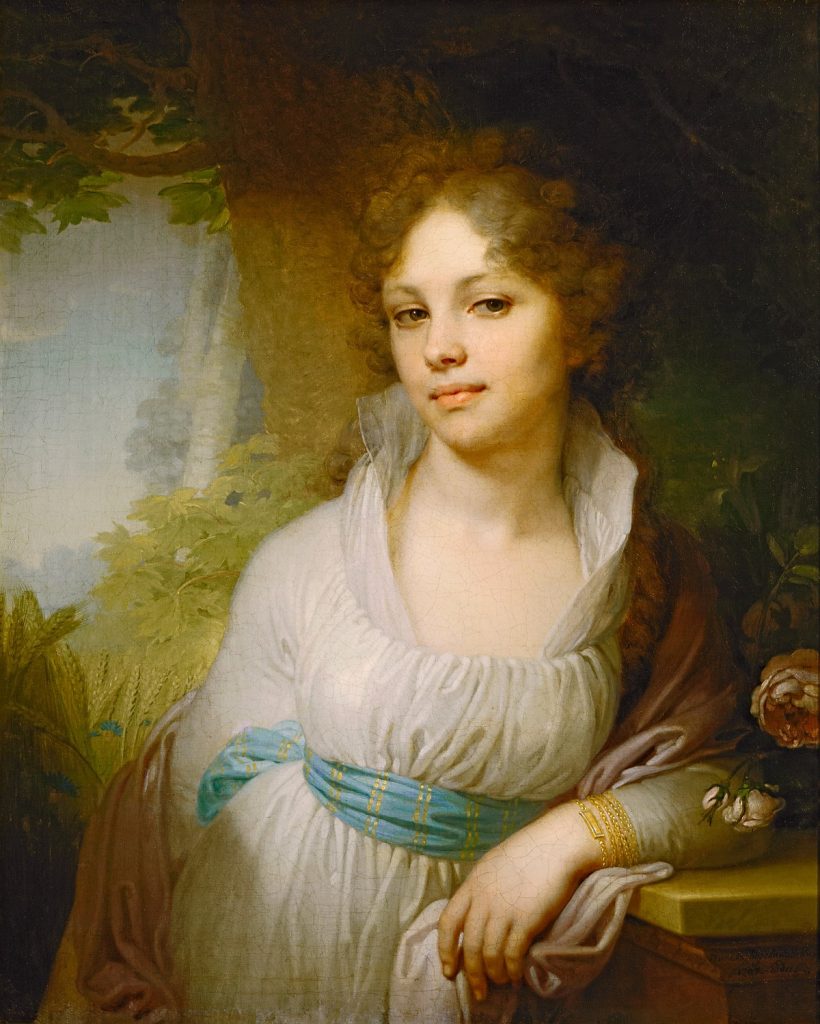
Yes, going to the Tretyakov Gallery is not only for art lovers, but also for those who seek a mystical meaning in everything. For example, they say that Vasily Surikov’s painting “The Morning of the Execution of Streltsy” caused a serious illness for the daughter of Pavel Tretyakov for a long time, but they say that the paintings by Isaac Levitan and Nicholas Roerich are the opposite. Positive impact on their audience. There is also a legend that it is dangerous for brides to stare at the portrait of Maria Lopukhina for a long time – allegedly her father, the famous mystic and master of the Masonic lodge, Ivan Lopukhin, imprisoned the soul of his daughter in the painting. and the ghost can upset the future marriage. Another mysterious story haunts the work of Ivan Kramskoy “The Mermaid”: supposedly, the girls who stared at the work for a long time went crazy, and one of them even drowned himself. Some say that mermaids in pictures sigh at night. We will not check and advise you.
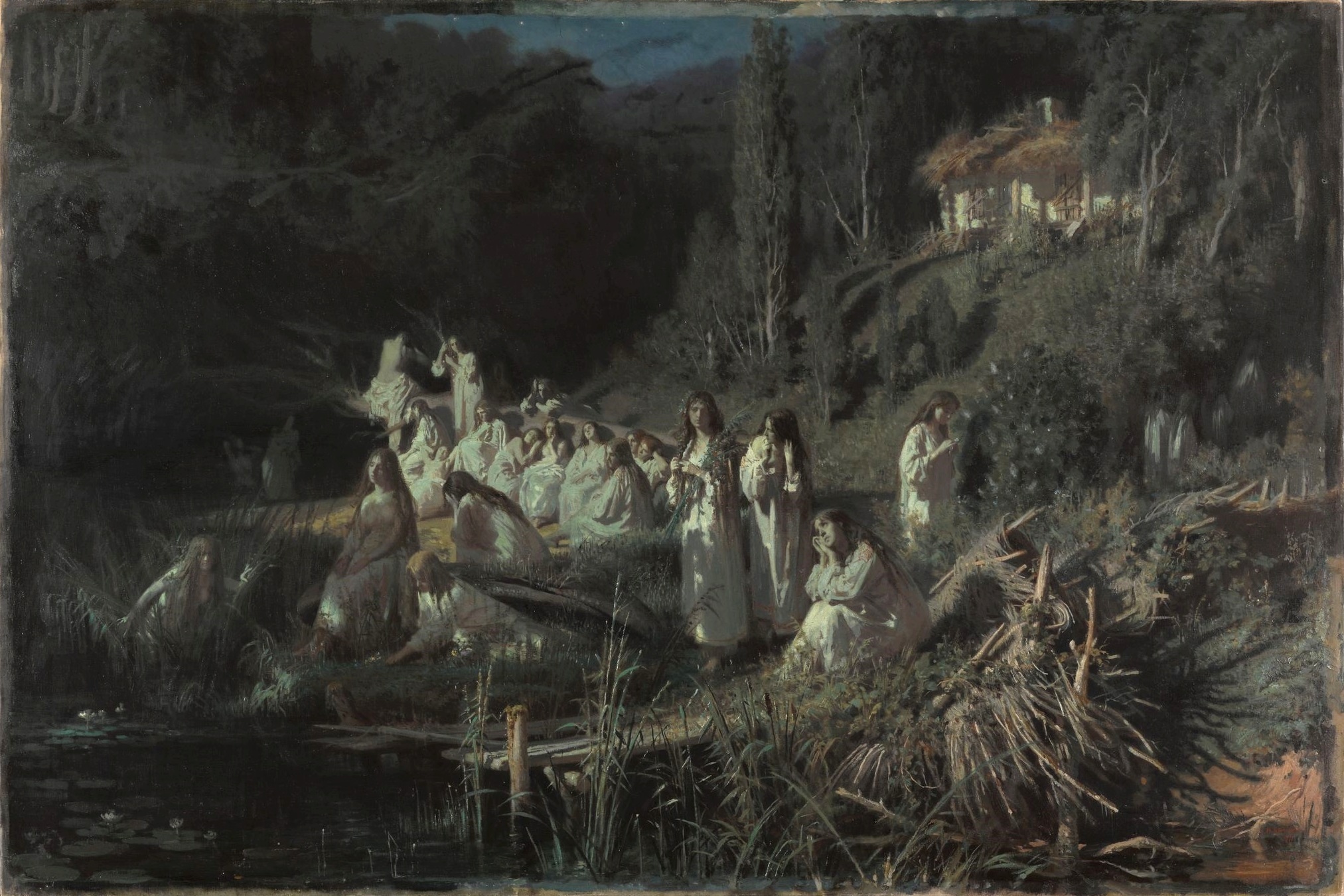
From Solyanka to Kremlin
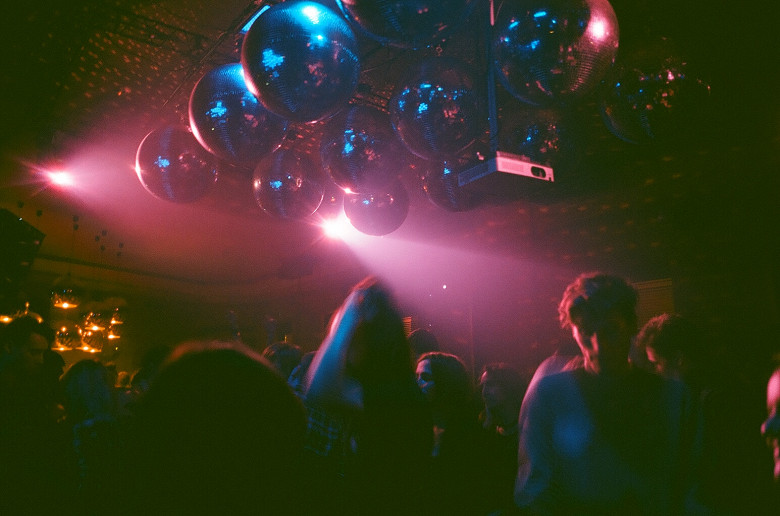
The modern generation does not remember much, but in the 2000s the cult of “Solyanka” became the center of gravity of the Moscow party from weekend to weekend. One of the urban legends is associated with the club: they say that the old salt deposits (where Solyanka stood) that belonged to the merchant Demidovs reached the Kremlin and represented a full-fledged city. underground city where you can travel without traffic jams and other inconveniences to reach almost any part of the capital. By the way, this story was played by Boris Akunin in the book “The Lover of Death”: do you remember the moment when the boy found the treasure in the dungeon? That is, once there was a mint in the area of Khitrovskaya Square, and the cellars allegedly stretching from Solyanka even go there.
Praises in an abandoned hospital
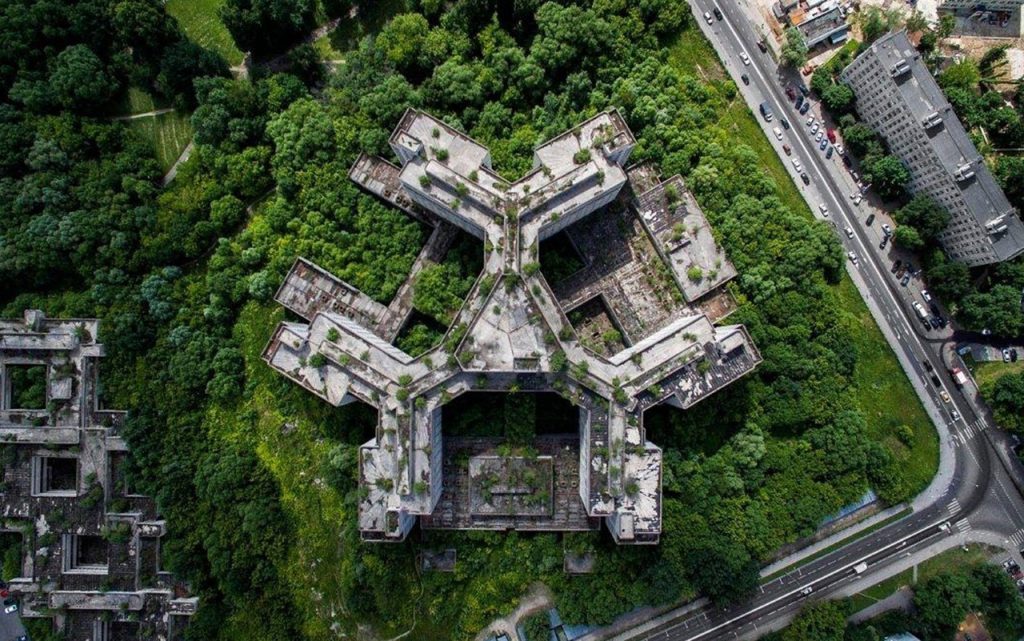
The abandoned hospital of Khovrinskaya often sets the scene for mystical stories, and one of the most popular of them is the legend that in the nineties the unfinished hospital wards were a favorite place for metropolitan ravers. In fact, it is still not entirely clear how true these word of mouth are – “acquaintances of acquaintances” have a conditional uncle Vasya, “who in 1995 gave parties in Khovrinka.”
Is there an error in the text? Select it and press Ctrl + Enter
Let’s be friends?
Source: People Talk
Errol Villanueva is an author and lifestyle journalist who writes for The Fashion Vibes. With a passion for exploring the latest trends in fashion, food, travel, and wellness, Errol’s articles are a must-read for anyone interested in living a stylish and fulfilling life.

